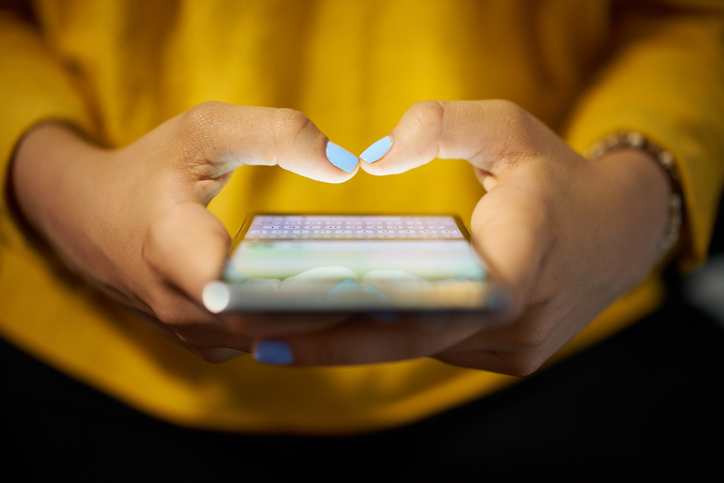
Mount Sinai, mPulse Mobile team up to reduce teenage diabetes – MedCity News
The rising levels of both type 1 and type 2 diabetes in American youth is quickly becoming a major public health concern. Data from the Centers for Disease Control and Prevention shows that 210,000 of the estimated 26.9 million Americans with diagnosed diabetes in 2018 were children and adolescents younger than age 20.
To help address this problem, New York City-based Mount Sinai is adopting a tech approach. It is partnering with mPulse Mobile, a company that sells its AI-based mobile patient messaging platform to health plans and health systems. Together with a group of teenage community members, the two partners have created a text message-based youth diabetes prevention program focused on integrating healthy behaviors into teens’ lives.
The partnership began after Dr. Nita Vangeepuram, a pediatrician and researcher at Mount Sinai, attended a webinar near the tail end of 2017 in which mPulse was explaining its technology. She reached out to the company to see how they could collaborate to address rising levels of youth diabetes, which she thinks is a widely overlooked issue in medicine. Chris Nicholson, mPulse’s founder and CEO, said he still remembers a shocking statistic Dr. Vangeepuram shared with him during those initial talks: that roughly half of U.S. youth are projected to have diabetes by 2050 unless healthcare providers deploy targeted interventions.
To “bend the trend,” as Nicholson put it, Mount Sinai and mPulse began working with a group of teenage community members living in East Harlem to develop text messaging campaigns focused on diabetes prevention. The partners wanted to work with East Harlem teens for two reasons, the first being that the neighborhood has one of the highest rates of diabetes in New York CIty. The other reason is that the area is racially diverse — an important consideration Black and Brown communities are more vulnerable to diabetes.
Before developing the texting program, Dr. Vangeepuram conducted qualitative research with teenage subjects to determine which mobile technology is most effective at reaching teens. They reported they would rather access health content through texting than social media or apps. Teens told her that they preferred texting because it was a mode of communication they already used frequently and it did not require them to log in or download something.
Mount Sinai and mPulse involved East Harlem teens throughout the entire process of building the texting program, employing an approach Dr. Vangeepuram called the “youth participatory action research framework.” She said this refers to the idea that young people should be actively involved in research meant to create a positive change in their health.
The “community action board” of teens helped Mount Sinai researchers and mPulse develop a texting program that comprises five buckets: goal setting, cultivating healthy behaviors, maintaining motivation, tailored diet and exercise guidance and a photo diary. The messaging content was created based on what the youth community members said would best speak to their needs as it pertains to their financial circumstances, home life and busy schedules.
Once a teen who is enrolled in the program engages with the texts, mPulse’s algorithm continually tailors its messages based on relevancy, according to Nicholson. For example, some teens enrolled in the program receive tailored exercise plans that can fit into their class and work schedules.
“When we learn something about an individual — when they communicate a barrier — we must present them with the next best action, a strategy that can combat that barrier or come at it from a different perspective,” Nicholson said.
To measure the impact of the program, Dr. Vangeepuram said her team will look at metrics such as how many teens enroll in the program, how often they respond to messages and how many users stay engaged over a long period of time. Down the road, the team will look at metrics such as East Harlem teens’ weight and hemoglobin A1C levels to determine how much of an impact their program is having on teenage diabetes rates.
Dr. Vangeepuram readily admitted the irony that the program is trying to reduce teenage diabetes through screens, the very thing that is blasted as the culprit causing the American childhood obesity epidemic.
“We’re sort of spinning this idea on its head to figure out how we can actually use these tools, to our benefit,” she said. “It’s an exciting thing to think about. If teens are texting anyway, we might as well do good with it.
Photo: diego_cervo, Getty Images